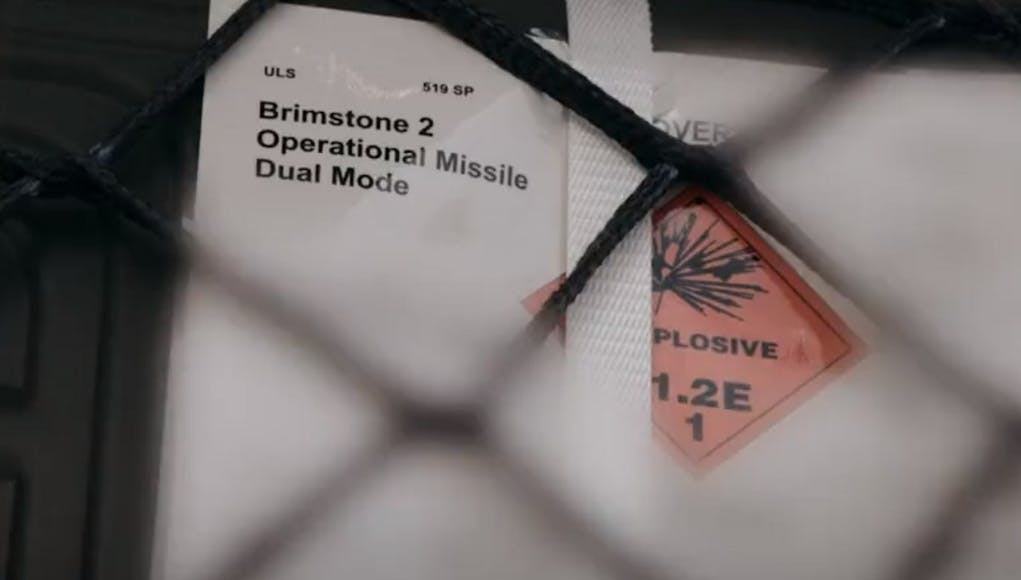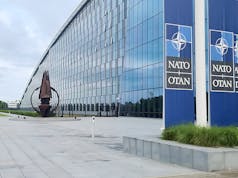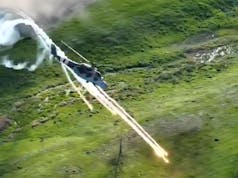In a recent written parliamentary question and answer session, Conservative MP James Cartlidge inquired about the number of jobs linked to munitions production.
The question, directed at the Ministry of Defence, sought clarity on both direct and indirect employment figures in this sector.
Responding to the query, Maria Eagle, Minister of State for the Ministry of Defence, provided detailed insights. According to Eagle, the government acknowledges the crucial role that defence plays not only in ensuring national security but also in the economic prosperity and growth of the United Kingdom.
“This Government recognises the vital role defence plays not only in our national security but also to the economic prosperity and growth of the United Kingdom.”
Eagle highlighted, “The most recent estimates show that in 2021-22, the Ministry of Defence spent £950 million in the Weapons and Ammunition industry, which supported an estimated 5,200 industry-wide jobs in the UK.”
Breaking down the figures, she noted that “of these 5,200 jobs, 2,700 were direct positions specifically within the Weapons and Ammunition sector.” Additionally, a further 2,500 indirect jobs were sustained across various industry sectors, contributing to the delivery of end products and meeting service requirements.
Eagle also mentioned the importance of the sector, stating, “This Government recognises the vital role defence plays not only in our national security but also to the economic prosperity and growth of the United Kingdom.”
She also mentioned that updated job figures for the fiscal year 2022-23 are expected to be published later this year, which will provide more current data on the employment impact of munitions production in the UK.














Cartlidge asks a lot of questions.
…and given that he was a defence minister until a few weeks ago, that is surprising. He should know the answers.
Yes, but thanks to him we also know a lot more.
Good job Mr Cartlidge.
Hope numbers employed in munitions production are now a LOT higher.
The first rule of politics is, don’t ask a question you don’t know the answer to.
So did Labour when they were in opposition and Cartlidge was the minister. In fact perhaps he asked this of the MOD ages ago when he was the minister and the reply has only just arrived.😀
With FPV drones taking over some of the function of artillery shells in Ukraine, shouldn’t we also be looking at setting up drone production in real quantity to get the precision effects?
No.
We would end up with 50000 drones that are out of date next year.
Train some people on their use- Yes
Make them ? No
These things can be 3d printed and assembled in days.
As ever dont take Ukr as the be all and end all of warfare. Lessons today dont equal lessons tomorrow.
Look what happened to the Army with the pivot to COIN ” thats all we will do from now on” and where they are now playing catch up to getting back into the combined arms game.
It’s the training that will get old quickly, with a steady increase in autonomy. It won’t be long before all those target selection functions we see on expensive anti-ship missiles will have made their way down to the $500 drone. The drones themselves will be software upgradeable after manufacture and even if they aren’t, they can be given to Ukraine. The number we are currently giving is paltry. We seem to think 10,000 in a year is a lot. Ukraine and Russia are already producing and using a million a year, which is approaching the number of dumb shells fired and it’s only going to rise.
It’s mass production facilities we need more than the drones themselves. Yes, these things can be 3D printed and assembled in days, but we need a hundred times the capacity, and so much faster than days per unit! Let’s not rely on a return to artisnal production methods like the Ukrainians were forced to do.
We are planning on spending a billion a year on munitions stockpiling (at least we were under the previous government’s plans). A dumb shell can be had for $400-$500 each, but their accuracy is only good enough for wide-area suppression and lucky strikes. A precision guided shell like US M982 Excalibur, which stands a greater chance of hitting a particular target near your own troops, costs $70,000 a unit. (The less precise kit that converts a dumb bomb costs $15K a unit.) FPV drones give precision and a smaller blast radius while still only costing $400-$500 a unit. So use dumb shells for supression fire, and FPV drones for precision work, loitering and situational awareness. Figure out for our billion quid how many of the exquisite shells we get for precision work, and how many FPV drones. This is nothing like the COIN pivot.
A couple of other thoughts. I agree with you about Ukraine lessons, but this isn’t just lessons from Ukraine: you need to chart the trajectory of the technology from Nagorno Karabakh to Gaza. We see the same patterns emerging in the broad fronts of Ukraine and in the close urban environs of Gaza. We see EM non-permissive environments that are so broad spectrum, frequency hopping to maintain RPAS is becoming almost useless and the level of friendly fire incidents are going through the roof. This is what is driving the need for autonomy in Israeli drones and will do so in Ukraine soon enough.
A drone generation is currently measured in weeks, in particular the software. That means by the time we get FC/ASW in 2028, there may have been forty or fifty generations of drones come and gone. I don’t know where that will take us, but I know we need to be on the train.
Yeah drones are more complicated, finicky, difficult to use, and less responsive than artillery shells, but more precise.
One operator= one drone at a time, whereas a gun can have multiple rounds in the air at the same time.
Training to use fpv drones is a big thing that should be pushed, but isn’t easy.
I saw on Forces news an Army FPV Drone “sports day” but I don’t know how many this involves.
Could it be an area that reservists from the “play station generation” could play an important role?
Maybe. But FPV drones need specific training, not just “good at video games” (which I think is a lot of wish fullfillment).
I just read an interesting article on FPV drones used against helicopters (DefenseNews), which isn’t the first time I’ve read about this. In the past this was used for helicopter supression. This suggests that not only are we seening cheap drones used where we would have used shells in the past, but under limited circumstances they might take the place of missiles. It’s stated that attacking a helicopter is extremely difficult for the pilot as you have to hit something vulnerable, like the tail, but I wonder if, with autonomy or even AI guidance, that might not be due for a change.
Reuters produced a good background article on the mix of combat drones (FPV, recon and bomb-dropping) a few months ago for those still catching up.
reuters.com/graphics/UKRAINE-CRISIS/DRONES/dwpkeyjwkpm/
Counter-drone technology still has some catching up to do.